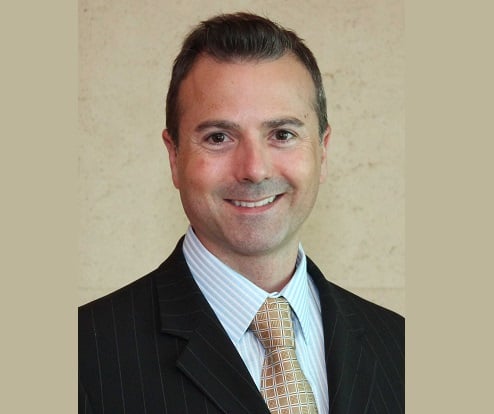Ray Sawicki from Mandeville explains why more investors are demanding non-traditional investments

The private capital markets play a crucial role throughout the Canadian financial system. Not only do they facilitate economic advancement by enabling businesses to innovate and grow, the private markets also represent an attractive opportunity for investors who recognize the need to diversify their portfolios away from purely public investments.
Seeking out private opportunities is a trend that’s been driven by large institutional investors, explains Ray Sawicki, Chief Investment Officer at Mandeville. “Looking back 10 years ago, the percentage of institutional portfolios that were in non-traditional assets, like alternatives and private investments, was very low,” Sawicki says. “Those numbers are dramatically different today. Non-traditional assets account for around 40% of the portfolios of major Canadian pension funds like Teachers’ and OMERS.”
The change in strategy from institutional investors is a direct response to the low rate, highly volatile environment that all investors have been facing for the better part of a decade. Earning long-term returns in traditional asset classes has become increasingly challenging. “When you have multi-generational lows in terms of yields both on sovereign debt and corporate debt, it is very difficult to validate liability streams,” Sawicki says. “Institutional investors have had to think out of the box and restrategize, which has driven this keystone shift.”
On the retail side, the emergence of new non-traditional investment vehicles is giving regular investors the opportunity to rejig their portfolios in order to achieve a public-private mix similar to that of an institutional investor or pension fund - depending on their risk tolerances and overall aims, of course. So-called retail hedge funds and private debt pools are becoming more and more commonplace.
Sawicki believes the introduction of these non-traditional vehicles comes at an important time for Canadian investors. “What are generally available to the vast majority of investors are public debt instruments and public equities,” he says. “Public debt has not been an attractive place to be for a long period of time with rates so low. And, equities may have been the go-to place for the last number of years, but we are getting very long in the cycle. Equities are increasingly becoming a riskier asset class from a valuation perspective.”
It’s for those reasons that Sawicki believes more investors are accepting the need to look for options beyond the traditional investment space.
“I have seen capital gravitating toward the private income space, whether that’s private mortgages or debt type pools, which are relatively benign on the spectrum of risk in the private classes,” Sawicki says. “On a relative basis, that is where some of the opportunities will be.”
Related stories:
Making waves in Canada’s asset management space
Are you invested in the private capital markets?



